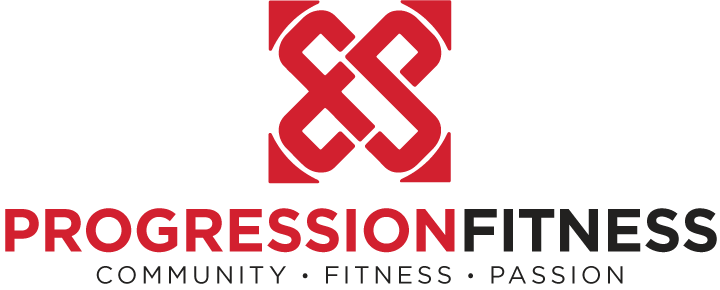
Research Project You
by Joshua J Grenell
How do you look at your health and fitness? Is it something you have to do? Is it essential to do it?
How about something you enjoy?
Maybe it is the environment that surrounds the exercise that you enjoy. I know I love my daily walk, but I don’t think I would do it if I did not enjoy the outdoors.
Could it be the feeling after? The endorphins that give you that great feeling and make your day better. Maybe it is the best you feel all day.
I have an experiment for you to try — an analysis of yourself. Perhaps you already do this, but I want you to pay attention to how your body feels every morning. You don’t have to write it down. But It may help your research project.
I will use myself as an example and what I have learned.
I started a new training regiment this new year. I am preparing for a 17-mile trail race. I planned to attend CrossFit class on Mondays and Wednesdays, run on Tuesdays and Thursdays, rest on Friday, and then outside work type activities on Saturday and Sunday, or free activity days I call them. They are not rest days! =-).
I am a born self researcher. I love data, and I wear up to 3 heart rate devices at a time. Weird but true, and needed for me to get the data I need.
I wear a Garmin and a Whoop twenty-four hours a day, and a Myzone while I work out. The Garmin tracks my overall training load, and recommends recovery times, and tells me when I am overtraining. The whoop is primarily a recovery tracker, although people use it to measure other things as well. The Myzone gives me better HR data then either of the wrist devices can during a workout, and it is a massive motivator for me to get my workouts in. I have almost three years of 1300 MEPs a month in a row.
Usually, what they tell me matches up with how I feel. Not always. The devices also can predict illness, if you are a student of yourself and pay attention.
What I found over the last month with my training plan is that as the volume increased, mainly with the running. I need more rest after day three, day fours work out would not be the best, and by Friday I would feel pretty beat up.
What is volume anyway, and how can we track it?
Running volume is determined by time and intensity, and there are complicated formulas that determine this and spit out a TSS score or an rTSS score for running specifically. There is also an HRTSS score that is best at assessing the cost of steady-state efforts. I have written before about the dangers of milage based running plans. And the vast range of actual volumes by people of different abilities are the reasons these plans injure so many people every year. For example, a 7 min miler will most likely only get a tss score of around 40 on a 5-mile run. They are leaving plenty of capacity for the next day. A 12 min miler would be scoring double that at least, needing a rest day to recover. Going out to run the next day because that is what the plan says is a recipe for an injury for the 12 min miler.
It used to be pretty challenging to determine workout volume in CrossFit classes. With the Myzones, however, it has become pretty easy. The simple measure is how many MEPs in the class? If during one class you get 100 MEPs and then the next you get 160 MEPs, then the volume of the 160 class according to your body was higher. MEPs, of course, do not take into account the specific movements. But it is a good measure of the stress on your body overall.
Start your research project. How are you feeling? How does that relate to what you did yesterday? How does it compare to what you did this week?
Make small changes and reassess. Make YOU 2.0. Or maybe you are well beyond that! You 35.0.
